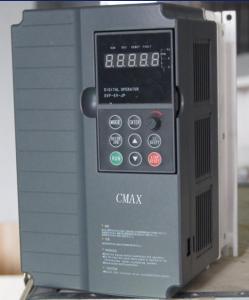Mecer Solar Inverter
Mecer Solar Inverter Related Searches
Inverter Solar Solar Solar Inverter Solar Electric Inverter Inverter Solar Cell Solar Energy Inverter Micro Inverter Solar Motech Solar Inverter Solar Converter Inverter Solar Module Inverter Senergy Solar Inverter Smart Inverter Solar Sun Solar Inverter Siemens Solar Inverter Inverter Solar Panel Solar Inverter Inverter Micro Solar Inverter Solaris Solar Inverter Solar Smart Inverter Microtek Solar Inverter Inverter Solar Controller Inverter Charger Solar Smart Solar Inverter Tmeic Solar Inverter Solar Charger Inverter Solar Light Inverter Solar System Inverter Sunshine Solar Inverter Steca Solar Inverter Mac Solar Inverter Inverter Solar GeneratorMecer Solar Inverter Supplier & Manufacturer from China
Mecer Solar Inverter is a range of high-quality products designed to convert solar energy into usable electricity for various applications. These inverters are essential components in solar power systems, ensuring that the energy generated by solar panels is efficiently transformed and integrated into the electrical grid or used to power devices directly. The Mecer Solar Inverter is widely used in residential, commercial, and industrial settings, making it a versatile and reliable choice for harnessing the power of the sun. These inverters come in different sizes and capacities, catering to the diverse energy needs of various users.The Mecer Solar Inverter is utilized in a variety of scenarios, from small-scale home systems to large-scale solar farms. They play a crucial role in ensuring that the solar energy generated is not only converted efficiently but also managed effectively to meet the demands of the users. Whether it's powering a single household or contributing to the energy needs of an entire community, these inverters are designed to deliver optimal performance and reliability. Their application extends to off-grid systems, grid-tied systems, and hybrid systems, making them a popular choice among solar energy enthusiasts and professionals alike.
Okorder.com is a reputable wholesale supplier of the Mecer Solar Inverter, boasting a large inventory that caters to the needs of various customers. With a commitment to providing high-quality products at competitive prices, Okorder.com ensures that customers have access to the latest and most efficient solar inverters in the market. Their extensive inventory and customer-centric approach make them a trusted source for those looking to invest in reliable solar energy solutions.
Hot Products


















































